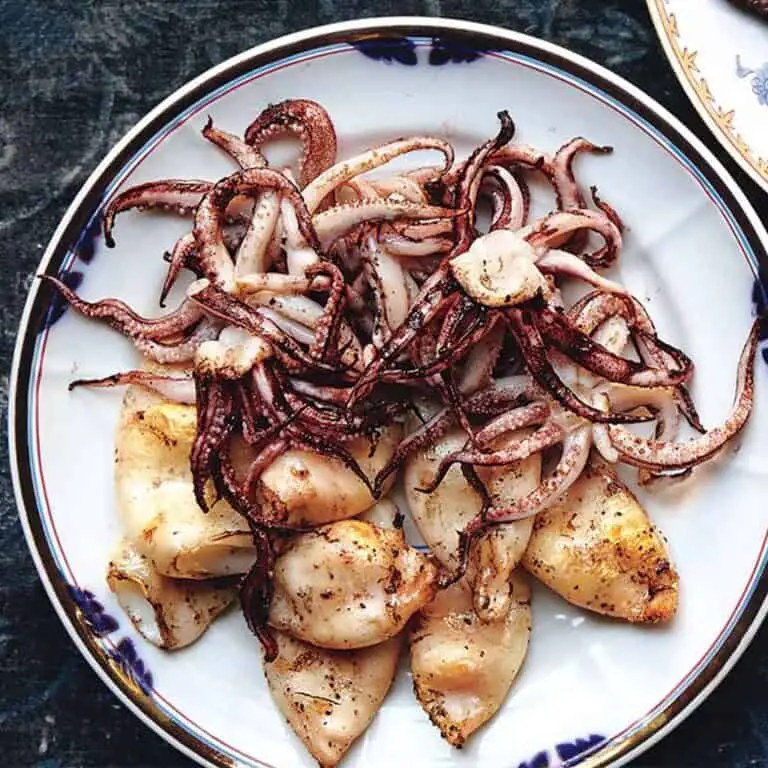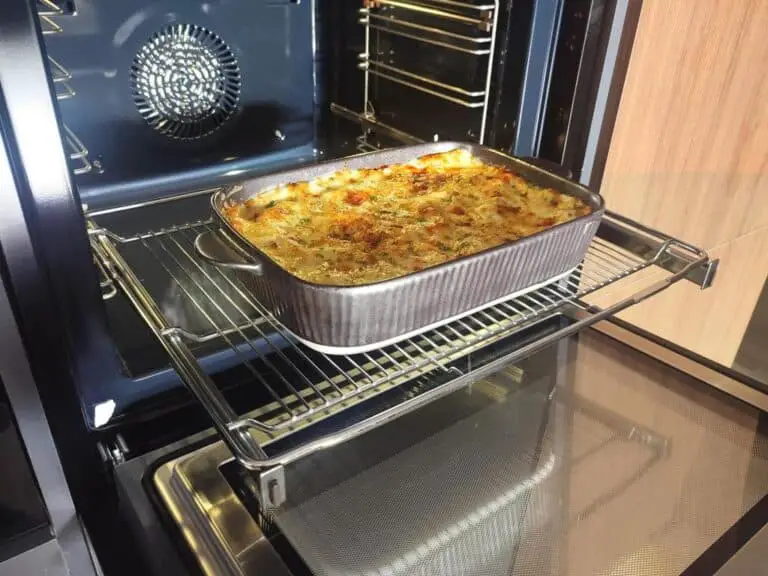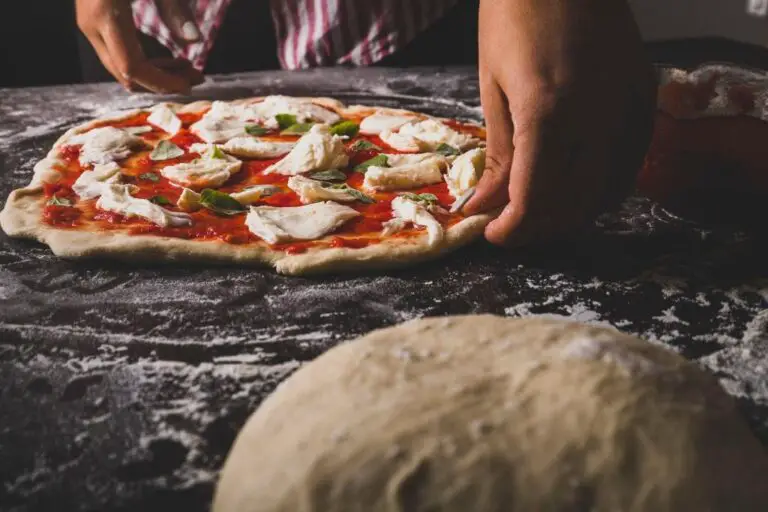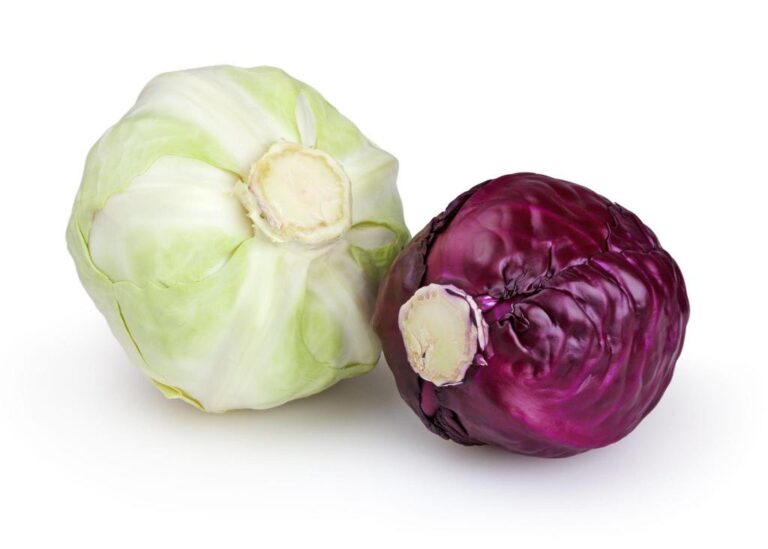Can You Overcook Crab Legs? How to Prevent Rubbery Crab Legs
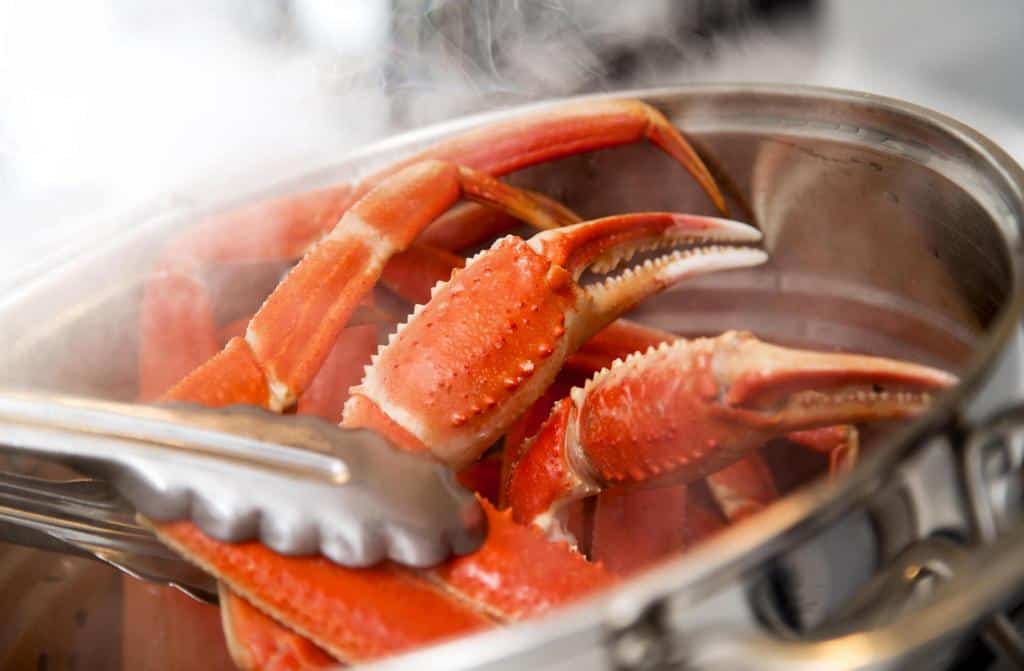
Crab legs – succulent, meaty, and oh-so-delicious. There’s no denying their status as a seafood delicacy that captivates our taste buds with every bite. Whether steamed, grilled, or dipped in butter sauce, crab legs have become synonymous with indulgence and culinary delight.
But here’s the burning question: can you overcook these prized crustacean gems? Are there consequences to leaving them in the heat for too long? As lovers of all things seafood know, improper cooking techniques can lead to disappointment at best and a ruined meal at worst.
Let’s dive into the world of crab legs. What makes them special? How can you cook them just right without missing out on their mouthwatering tenderness?
Prepare yourself for an exploration of flavors and textures that will leave your taste buds eager for more. We’ll guide you through the journey of making perfectly cooked crab legs. We’ll start with tried-and-true cooking methods and provide expert tips for achieving optimal results.
Understanding Optimal Cooking Times for Crab Legs

When it comes to cooking crab legs, timing is everything. Knowing how long to cook them will ensure that they are cooked through and safe to eat without becoming tough or mushy. The exact cooking time can vary depending on the size and type of crab legs, as well as the method of cooking used.
In general, most crab legs need to be cooked for about 5-7 minutes in boiling water or steam until they turn a vibrant orange color. This quick cooking method helps retain their natural sweetness and delicate texture. However, it’s important not to overcook them, as this can lead to rubbery and dry meat.
It’s worth noting that if you’re using frozen crab legs, they may require slightly longer cooking times compared to fresh ones. This is because frozen crab legs take more time to heat through completely. Refer to the manufacturer’s instructions or a seafood recipe guide for precise cooking times based on your preferred method.
To ensure that your crab legs are perfectly cooked every time, keep an eye on their appearance during the boiling or steaming process. Look out for signs such as a bright orange or red shell coloration and easily flaky meat when gently teased with a fork or tongs. Remember, you can check one leg first before removing all of them from the heat source. This way, you’ll have better control over achieving optimal results each time you cook these delightful crustaceans!
Consequences of Over-Cooking Crab Legs
Crab legs are a delicacy cherished for their delicate, sweet meat. However, overcooking these succulent morsels can have some unfortunate consequences. When crab legs are left in boiling water or steamed for too long, the once tender and juicy flesh can turn tough, rubbery, and dry.
One of the main reasons why overcooked crab legs become tough is because they contain very little fat compared to other types of meat like beef or pork. This lack of fat makes them more susceptible to drying out when subjected to excessive cooking times. You might think leaving them simmering on the stove will intensify their flavor. It actually has quite the opposite effect.
Additionally, overcooking seafood such as crab legs can cause the proteins in its muscle fibers to shrink excessively. As a result of this protein denaturation process, the texture becomes less desirable and readily apparent when biting into an overcooked leg – chewiness replaces tenderness in what should be a gourmet experience.
To avoid these unappetizing consequences and fully enjoy your crab feast experience, it’s important to cook them just right. They should be cooked through but still tender and succulent at the center. Keep reading for tips on achieving optimal results when cooking crab legs!
Why Are My Crab Legs Soft and Rubbery?
Soft and rubbery crab legs can be a letdown, especially when you’re anticipating a delightful seafood feast. Understanding why crab legs might end up with this undesirable texture is essential for enjoying them to the fullest. Several factors can contribute to why soft and rubbery crab legs, primarily related to cooking and freshness.
Firstly, overcooking is a common culprit. When crab legs are subjected to excessive heat or prolonged cooking times, the meat can become tough and lose its natural tenderness. Additionally, if the crab legs are not fresh when cooked, they may already have started to deteriorate. This leads to a softer, less desirable texture.
To avoid disappointment, it’s essential to purchase fresh crab legs and cook them properly. Look for signs of freshness when buying crab legs, such as vibrant color, a mild ocean scent, and intact shells. When cooking, aim for a gentle simmer rather than a rapid boil, and be mindful of the cooking time to prevent overcooking.
Here’s a quick overview:
| Cause | Description |
| Overcooking | Excessive heat or prolonged cooking times can result in tough, rubbery meat |
| Lack of Freshness | Crab legs that are not fresh may already have a deteriorated texture |
Signs That Crab Legs Are Overcooked
You need to be very careful about when you cook crab legs. Overcooking can have a significant impact on the taste and texture of this beloved seafood delicacy. While some may argue that there’s no such thing as too much when it comes to cooking crab legs, experienced chefs know better.
One of the first signs that crab legs have been overcooked is a change in their color. They might turn from their naturally vibrant orange or red hue to a dull, pale shade. This can be an indication that the delicate meat has become dry and tough due to excessive heat exposure.
Another visible sign of overcooked crab legs is a loss of their distinctive firmness and tenderness. Instead of being juicy and succulent, they may become rubbery and chewy—qualities that are far from desirable in these oceanic treats.
Moreover, an unpleasant smell emanating from the cooked crab legs could also suggest that they have been left on the stove for too long. A strong fishy or sulfurous odor should serve as a warning sign that they are likely overdone.
Tips for Properly Cooking Crab Legs
Crab legs are a delicacy that deserve to be cooked with care and precision to ensure the best possible flavor and texture. There are several different methods you can use to cook crab legs, each offering its own unique benefits.
One popular method is steaming, which helps to retain the natural sweetness and tenderness of the meat. To steam crab legs, simply place them in a steamer basket or on a rack over boiling water and cover tightly with a lid. Steam for about 6–10 minutes, depending on the size of the crab legs.
Another common cooking method is boiling, which is quick and straightforward. Fill a large pot with enough water to fully submerge the crab legs, and bring it to a rolling boil. Gently add the crab legs and cook for approximately 5-8 minutes until they turn bright red-orange in color. It’s important not to overcook them, as this can lead to tough, rubbery meat.
If you prefer grilling or baking your seafood, these methods can also work well with crab legs but require some additional preparation steps. For grilling, brush your pre-cooked or par-boiled crab legs with melted butter or oil. Place them directly on medium-high-heat grill grates for about 4-6 minutes per side until heated through and slightly charred.
Baking involves placing seasoned or marinated crab leg clusters on a baking sheet lined with foil at around 375°F (190°C) for approximately 12–15 minutes until they’re thoroughly heated.
| Read: Teaching the Basics of Grilling and Barbequing with Kids |
How Not to Overcook Your Crab Legs?
If you prefer grilling or baking your seafood, these methods can also work well with crab legs. However, they require some additional preparation steps. The cooking time for crab legs can vary depending on their size and whether they are frozen or thawed. It’s important to follow a recommended cooking chart or recipe that specifies the appropriate cooking time.
For example, if you’re using frozen crab legs, it’s generally advised to cook them for around 4-5 minutes per pound in boiling water. Cook until they turn a vibrant orange-red color. Thawed crab legs may require slightly less cooking time, typically ranging from 3 to 4 minutes per pound.
To ensure precision in timing, use a kitchen timer or set an alarm so you’ll be alerted when your crab legs have reached their optimal cooked state. Remember that overly prolonged cooking can result in tough and dry meat.
Next time you prepare your delectable crab-leg feast, pay attention to these guidelines. Let perfect timing help you achieve tender, flavorful results!
Conclusion – Timing is Key: Avoiding Overcooked Crab Legs for Delicious Results
Proper timing is paramount when it comes to cooking crab legs. It may be tempting to cook them longer to enhance their flavors or ensure thorough cooking. However, overcooking can harm both taste and texture. By following some simple guidelines, you can prevent the unfortunate outcome of chewy, dry crab meat.
One key tip is to pay close attention to the instructions provided on packaging or recipes. It’s important not to stray too far from these guidelines. Exceeding the recommended time risks overcooking your delicious seafood treat.
Another crucial aspect is monitoring your crab legs visually during the cooking process. Keep an eye out for changes in color. If the shell turns a vibrant red-orange hue and becomes slightly translucent while retaining its firmness, then it may be ready to serve. Trust your instincts. Remove them from heat just before they become fully cooked. Residual heat will continue doing its work even after taking them off direct heat.
Be aware of proper timing, closely monitor visual cues during cooking, and rely on trusted sources that offer precise guidelines for different types of crab legs. Doing so can help you avoid overcooking this delicious seafood and achieve great results every time!

